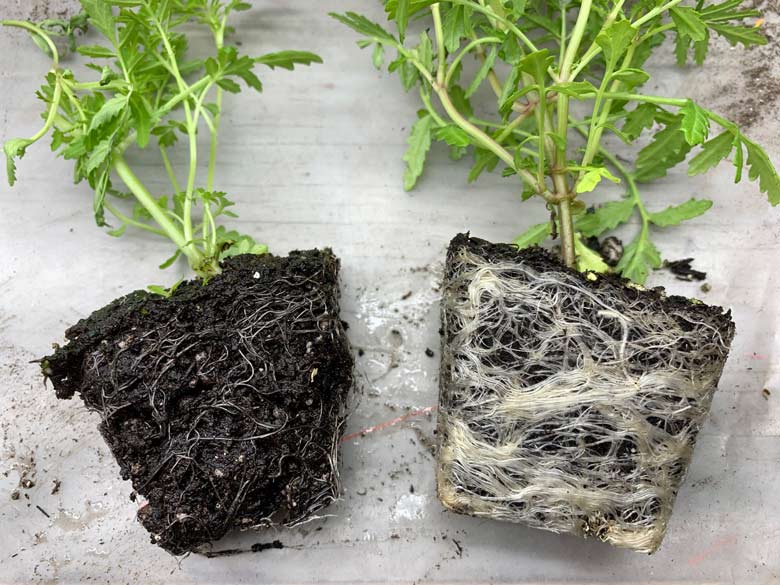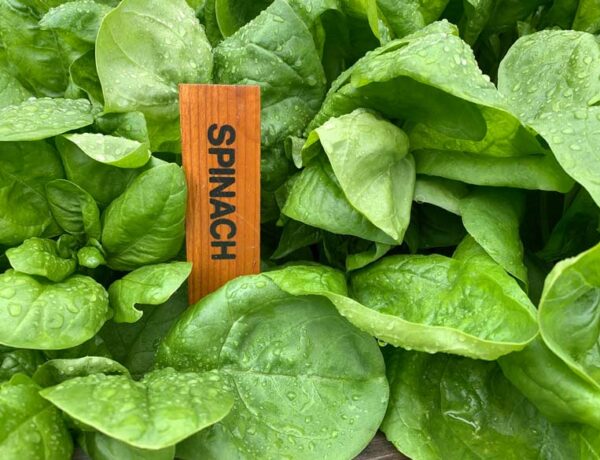If you were a bald eagle spending the winter in Kodiak, Alaska, you’d find that meals were easy to come by. If you like fish scraps, that is. From December to April, hundreds of eagles are lured by the all-you-can-eat buffet along “cannery row” — a street bordered by Kodiak’s seafood processing plants.
Eagles are as common as crows: They perch, Chorus Line style, on rooftops and streetlights, watching for the next gourmet meal. The foodfest goes on for weeks. Then, as winter fishing slows in mid-spring, the eagles disperse to lofty nests (mostly spruce grees) to raise their chicks.
Eagle chicks mature quickly. So do their feathers, all 7,000 of them.
By mid-summer, they’ll take that first, courageous leap into the air. But not before undergoing some training. It’s a sport, flying, that requires training. American decathlon champion Ken Doherty once said,
[perfectpullquote align=”full” bordertop=”false” cite=”” link=”” color=”” class=”” size=””]“The five S’s of sports training are: stamina, speed, strength, skill, and spirit; but the greatest of these is spirit.”[/perfectpullquote]
Eagles have spirit. How else would they survive as our national emblem? Preparing youngsters for the demands of an adult life is a universal theme of survival that applies to humans, eagles, bears, even plants.
[Hi, it’s Marion Owen. This article was originally published in the Kodiak Daily Mirror, the hometown newspaper for Kodiak, Alaska. You can access the archive page for my past columns, written each week since 1986].
A survival guide for seedlings
Transplanting seedlings into the garden is one of the most taxing points in their lives. I’m talking flowers, vegetables, and herbs — whether you grow your own or buy them from a nursery.
Young plants need to be “hardened off,” a bizarre term that’s hard to wrap my head around. But it applies to the process of preparing seedlings by gradually acclimating them to nature’s wind, heat, cool nights, frost, snow, and rain. And funny (not so funny), they can appear all in one day.
I’ll cover “hardening off” in a second, but first I want to share…
How to BUY seedlings
The next time you go to the nursery to purchase plants, follow these 5 tips:
- Leaves should be green, shiny, and lush.
- Avoid plants thin, tall, and leggy from straining for light.
- Closely inspect the plant and container for signs of insects and disease.
- Inspect the roots: Are roots poking through the bottom of the container? This is not necessarily a bad thing so long as the roots are moist and white. Gently slip the root ball out of the container. (Nurseries don’t mind you inspecting plants like this so long as you don’t damage them).
- Are the roots white or brown? White indicates healthy roots; brown is a sure sign of rot.

Meanwhile, back to the eaglet…
Consider how the young eagle trains for the great outdoors in order to gain the upper hand (wing) of survival. If you plop a seedling into the ground with little or no preparation, well it’s like taking a final exam without preparing for it. You might as well toss them into the compost pile.
Unfortunately, this happens all too often…
Many a gardener, thrilled by a sunny day, purchased flats of seedlings, buzzes home, and immediately pokes them in the ground.
[perfectpullquote align=”full” bordertop=”false” cite=”” link=”” color=”” class=”” size=””]Shocked by chilly air, cold tap water, or hot, direct sun, the seedlings gasp and wilt, and perform a face-plant into the dirt.[/perfectpullquote]
Thing is, seedlings raised in a greenhouse or indoor environment have enjoyed a life of leisure: Free room and board with not a care in the world.
So let’s review how to prepare your plants for the great outdoors. (For planting in a greenhouse, high tunnel, or low tunnels, you needn’t follow this to the letter, but some hardening off is beneficial).
- Plan ahead. That is, begin hardening off a week or so before you plan to set your seedlings out. Set them outdoors — trays and all — in a protected area, out of the direct wind and sun. Leave them out for an hour or so, then bring them back indoors.
- Repeat the process, increasing it to 3 hours, then a morning, then a whole day and night. And keep the seedlings well-watered, but not soggy. If the weather goes sour, protect them in a hoophouse, greenhouse, or at least out of the worst weather.
- Once your plants are toughened up and ready to experience the great outdoors, wait for yet another cloudy, foggy or drizzly day.
- To transplant your green youngsters, ensure the roots are moist and, using a trowel, your hand, or dibble, dig a hole slightly wider than and the same depth as the root ball. If your transplants were grown in plastic pots, turn the pots upside down and slide them out by gently squeezing the bottom of the pot to dislodge stubborn roots.
- For cabbage, kale, broccoli, mustard greens, and cauliflower, bury their stems up to their first set of true leaves. For tomatoes, even deeper, leaving a few leaves exposed.
The dark side of peat pots
I get a lot of questions about peat pots. According to manufacturers, seedlings grown in peat pots can be planted directly in the garden, pot and all. Sounds convenient, but for cool soils like ours, the outer mesh doesn’t break down quickly enough and the roots suffer like toes stuffed in tight shoes. Help the roots out by slitting the mesh and removing it altogether.
- Next step: Fill soil around the plant, firmly press around it with your hands, and water it in.
- You’re not done yet. Pay attention to the weather. Have frost or heavy rain covers ready.
As for our local eagles, I bet eagle moms also watch the weather carefully as her chick’s inaugural flight day approaches…
Kodiak garden job jar:
A big thank you to everyone who donated plants, volunteered, and stopped by the plant sale on Saturday to support KMXT.
Get plants, potatoes, stakes, hoses, nozzles, compost materials and anything else you need to get growing.
Plant nasturtiums, onion sets, and peas.
Tidy up the yard and garden. Is your lawn squishy? Walk gently.
That’s all for this week.
Take care,

P.S. Are you tired of playing tug-of-war with weeds? Depressed over watching your plants wither in a drought? Compost is the answer to all your problems. Find out how to make compost in 6 weeks. Join the waitlist for my next FREE composting mini-class. And you might enjoy my Joy of Composting Facebook page. If you’d like to drop me a note, here’s my email address: marion (at) marionowenalaska.com.




No Comments